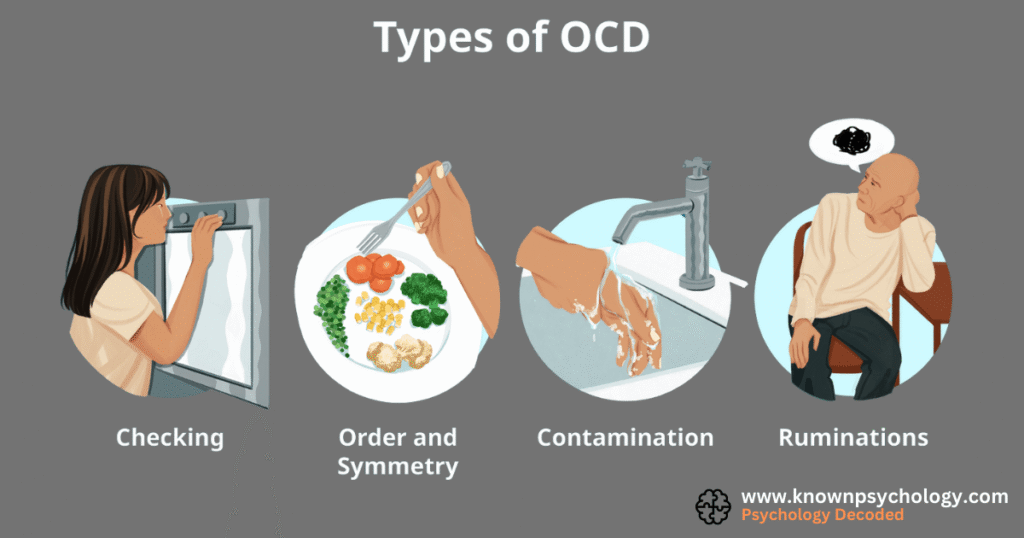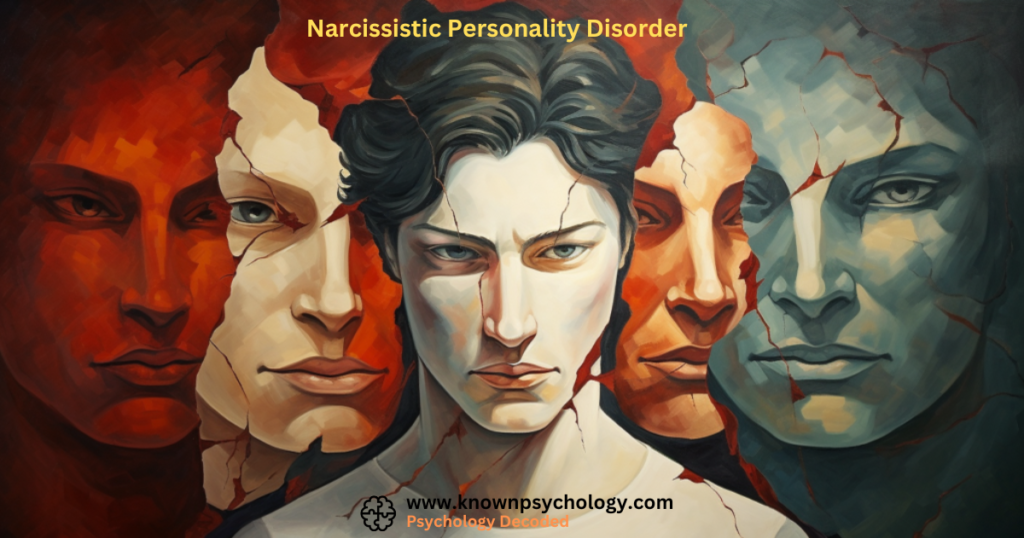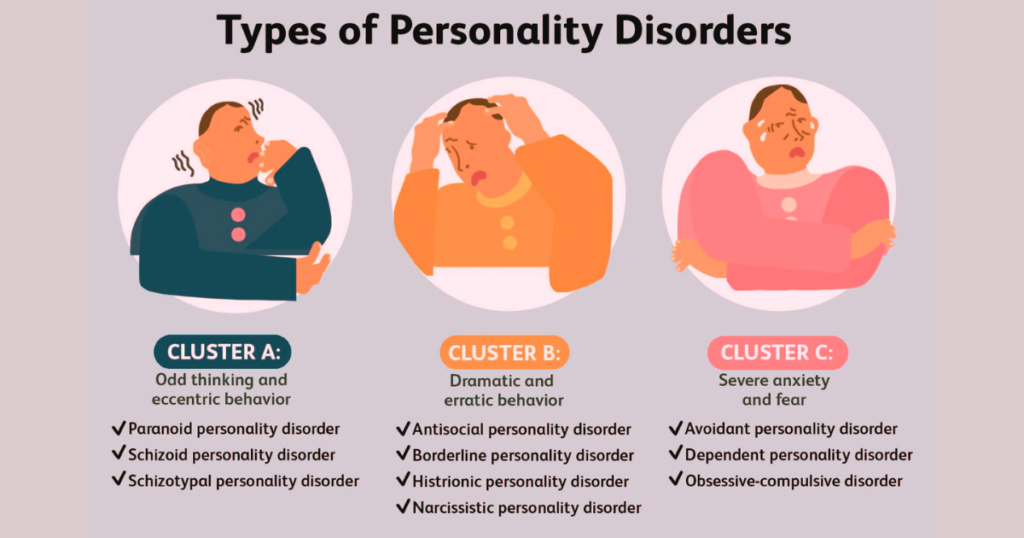
Obsessive-Compulsive Disorder (OCD) isn’t just about being extra clean or organized—it’s a mental health condition that can take different forms. When people ask, “What are the 4 types of OCD?”, they’re usually referring to the most common patterns that mental health experts see.
In this guide, we’ll break down these four main types in simple, everyday language, using real-life examples so you can actually picture what they look like.
Key Takeaways
- The question “What are the 4 types of OCD?” refers to Contamination, Checking, Intrusive Thoughts, and Symmetry/Ordering OCD.
- Each type has specific fears (obsessions) and repetitive actions (compulsions).
- People can have more than one type, and symptoms can change over time.
- Effective treatment includes CBT (ERP), medication, and support systems.
Understanding OCD in Simple Terms
OCD has two parts:
- Obsessions: Unwanted, repetitive thoughts or mental images that cause stress.
- Compulsions: Actions or rituals done to reduce the anxiety from those thoughts.
For example, someone might fear that touching a doorknob will make them sick (obsession) and then wash their hands ten times in a row (compulsion).
While everyone with OCD has their own unique experiences, most cases fall into four main categories.
The 4 Types of OCD
1. Contamination OCD – Fear of Germs and Dirt
What it is:
This type is driven by intense worry about getting sick or spreading germs. People may feel unsafe touching everyday objects, eating certain foods, or even being in public places.
Common Obsessions:
- Fear of catching diseases from touching surfaces
- Feeling “dirty” after being around people or animals
- Worry about food contamination
Common Compulsions:
- Excessive handwashing or showering
- Avoiding handshakes, hugs, or public spaces
- Using gloves or tissues to touch things
Example:
Imagine you grab a shopping cart, but then you feel like your hands are “infected.” You rush to the restroom and scrub them for five minutes, even though you know it’s probably unnecessary.
2. Checking OCD – Constant Doubt and Verification
What it is:
People with checking OCD feel an overwhelming need to confirm that things are safe or done correctly. They don’t trust their memory and fear that a mistake could cause harm.
Common Obsessions:
- Fear of leaving the stove on and causing a fire
- Doubt about locking the door or turning off appliances
- Worry about sending an email with a mistake
Common Compulsions:
- Repeatedly checking locks, stoves, or windows
- Going back home to “make sure”
- Re-reading messages over and over before sending
Example:
You leave for work, but halfway there, you panic—Did I lock the door? You drive back, check it, and still feel unsure, so you check it again.
3. Intrusive Thoughts OCD – Disturbing Mental Images
What it is:
This type involves unwanted thoughts or mental pictures that go against your values. They can be violent, sexual, or morally disturbing, but they’re just thoughts—not actions the person wants to do.
Common Obsessions:
- Fear of hurting someone, even accidentally
- Unwanted sexual images or impulses
- Worries about doing something immoral
Common Compulsions:
- Avoiding certain people or situations to “stay safe”
- Seeking reassurance from others
- Mentally repeating phrases to “cancel out” bad thoughts
Example:
A parent might suddenly imagine harming their child while cooking. The thought terrifies them, and they avoid using sharp knives, even though they would never actually do harm.
4. Symmetry and Ordering OCD – Need for Exactness
What it is:
People with this type feel extreme discomfort if things aren’t “just right.” It’s not always about tidiness—it’s about balance, alignment, and perfection.
Common Obsessions:
- Feeling that objects must be perfectly straight or matched
- Needing symmetry in clothing, writing, or decor
- Belief that something bad will happen if items are uneven
Common Compulsions:
- Rearranging items until they look perfect
- Counting steps, words, or actions
- Rewriting notes until they “feel right”
Example:
You can’t focus at work because the pens on your desk aren’t lined up perfectly. You keep adjusting them until they feel “balanced.”
Table: Quick Overview of the 4 Types of OCD
| Type of OCD | Main Fear or Obsession | Common Compulsions |
| Contamination OCD | Germs, illness, dirt | Washing, cleaning, avoiding contact |
| Checking OCD | Doubt, safety concerns | Repeated checking, revisiting places |
| Intrusive Thoughts OCD | Harm, taboo topics, morality | Avoidance, reassurance, mental rituals |
| Symmetry & Ordering OCD | Imperfection, imbalance | Rearranging, counting, organizing |
Why Knowing the 4 Types Matters
When you understand the four main types of OCD, it’s easier to recognize patterns—either in yourself or in someone you care about. This can help in getting the right treatment faster.
Many people have a mix of these types, and symptoms can shift over time. For example, someone might start with contamination fears and later develop checking habits.
Treatment and Coping Strategies
OCD is treatable. While it might not vanish completely, the right tools can make symptoms much more manageable and help people regain control of their lives. Treatment usually involves a mix of therapy, lifestyle changes, and sometimes medication.
Here are some of the most effective approaches:
- Cognitive Behavioral Therapy (CBT) – The gold standard for OCD treatment. A key technique is Exposure and Response Prevention (ERP), where you face your fears in small steps and resist the urge to do the compulsion. Over time, your brain learns that the fear doesn’t come true.
- Medication – Selective serotonin reuptake inhibitors (SSRIs) are often prescribed to reduce obsessive thoughts and compulsive urges. These are used under a doctor’s supervision.
- Support Groups – Talking to others who “get it” can make OCD feel less isolating. Online or in-person groups offer encouragement and shared coping tips.
- Mindfulness Practices – Techniques like deep breathing and meditation can help you notice intrusive thoughts without reacting to them. This builds resilience and reduces compulsions.
Example in Action:
For someone with contamination OCD, ERP might mean touching a doorknob and then delaying handwashing for five minutes. Over time, the delay is extended, teaching the brain that nothing bad happens and it reduces the anxiety linked to that action.
Self-Care Tips for Managing OCD Day-to-Day
Even outside of formal treatment, small daily habits can make a big difference in keeping OCD symptoms under control:
- Stick to a Routine: Predictable daily schedules can reduce anxiety triggers.
- Get Enough Sleep: Poor sleep can make intrusive thoughts harder to manage.
- Limit Caffeine and Sugar: Both can heighten anxiety and compulsive urges.
- Practice Relaxation Techniques: Yoga, journaling, or nature walks can help calm the mind.
- Celebrate Small Wins: Every time you resist a compulsion, no matter how small, it’s progress worth noting.
Managing OCD is a journey, not a quick fix. Pairing professional help with healthy habits can make the path much smoother.
FAQs
1. Can someone have more than one type of OCD?
Yes, many people experience a mix of types. Symptoms can also shift over time.
2. Are intrusive thoughts dangerous?
No. Having a disturbing thought doesn’t mean you’ll act on it. In OCD, these thoughts are unwanted and cause distress.
3. Is OCD just about being clean?
No. While contamination OCD involves cleanliness, other types focus on safety, unwanted thoughts, or symmetry.
4. How is OCD diagnosed?
A mental health professional will evaluate your symptoms, history, and daily impact, often using DSM-5 criteria.
5. Can OCD go away on its own?
It’s rare for OCD to fully disappear without treatment. Therapy and sometimes medication are needed to manage symptoms effectively.
Mariam holds an MS in Sociology with a specialization in Medical Sociology and Social Psychology. With a strong academic background and extensive research work in both fields, she brings depth and clarity to complex topics. Her writing explores the intersection of society, health, and the human mind, making academic ideas easy to grasp and relevant to everyday life.


